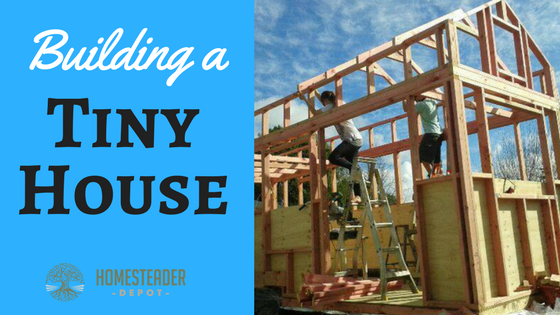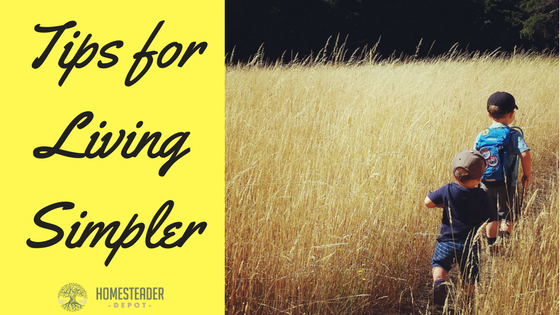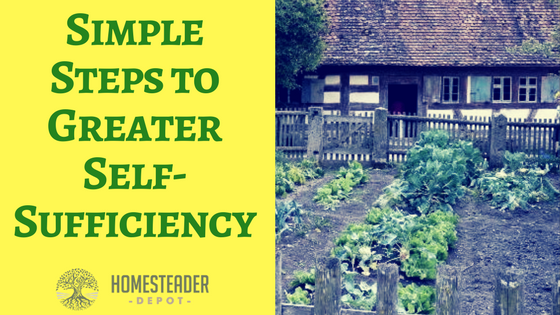Building a Tiny Home
We recently posted an article on the tiny house movement, and I wanted to elaborate a bit more on what it takes to actually build yourself a tiny house. This is one of the biggest appeals of tiny houses, of course, that the initial building materials can be cheap, the construction easy. Many people are … Read more








